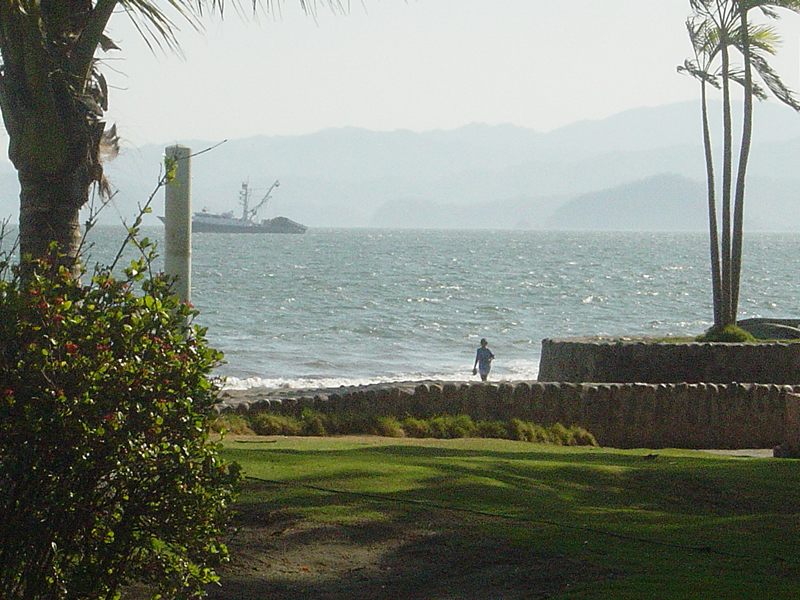Puntarenas means ‘sand point,’ in Spanish. It is the capitol and the largest city of the province of the same name. It is located in Costa Rica in the Central Pacific region. It possesses beaches that are on the Pacific Ocean, thus effectively making it a touristy spot. However, there is more to Puntarenas than beaches and palm trees.
The city of Puntarenas was originally called Villa Bruselas during the colonial period. In 1519, the Spanish explorer Hernan Ponce de Leon discovered the area. Although Puntarenas was an effective harbor, it was not properly used to reach Costa Rica until 1840 when the coffee production of the island began to become successful. In 1845, the government declared that the Port of Puntarenas was a duty-free port – although Cognac and hard liquor was not considered without taxation. The coffee for the ships was brought to the harbor on oxcarts. These carts were then dragged on an arduous path through the mountains. During the late 1860s, a piece of railroad was erected, one that connected some of the main towns of the province, thus making the transportation of goods somewhat less difficult. The trading port of Puntarenas lasted well into the 20th century, though due to different factors, such as aging and the slow deterioration of the port and its ships, led the province to move the port to another location. This location turned out to be Caldera, which was, interestingly enough, used to anchor ships during colonial times.
The climate of Puntarenas is somewhat hotter than the rest of the Costa Rican territory. The temperature reaches about 30 to 30 degrees Celsius in the hottest and coldest months. Because it is located right near the equator the climate is also tropical, lending a hand to the flora and fauna that grow in abundance throughout the island. It is also this same tropical climate that made Puntarenas ideal for coffee production, and it remains so to this day.
Puntarenas today is an important port of call for major cruise liners. Although it does not service trading or cargo ships any longer, it still has a hand in providing coffee.
Tourists can enjoy horseback riding, recreational hiking, adventure tours, bird watching, sun bathing, swimming, snorkeling, photography, sports-fishing and cultural activities when they visit. Through the respective year, the community celebrates historical, religious, artistic or civic events. It’s also a great place to surf. There are architectural wonders to visit while you are visiting, as well. One of these is the old Port Military Headquarters. The Central Church is also an architectural gem to view. The horseback riding can be immensely enjoyed galloping along the beautiful Puntarenas beaches. There’s not a dull moment!





